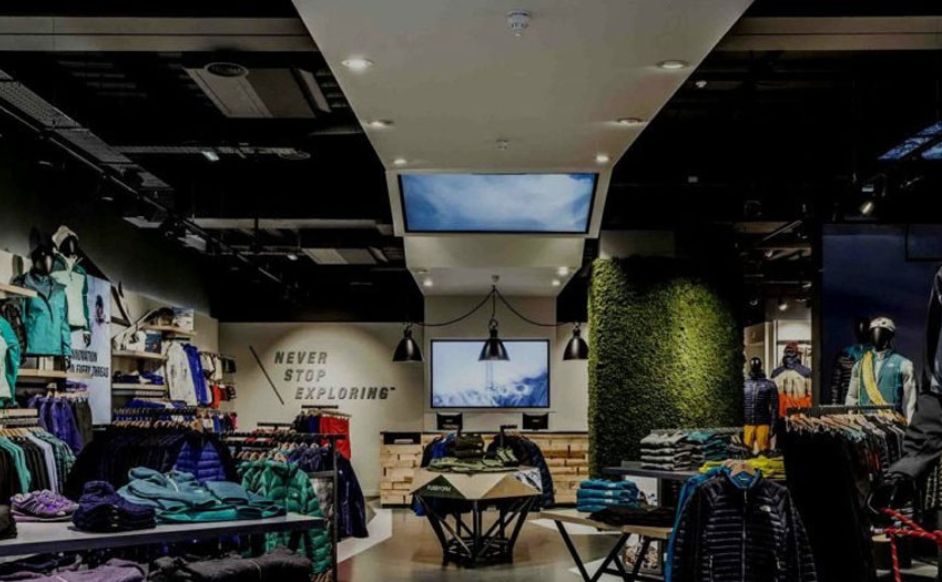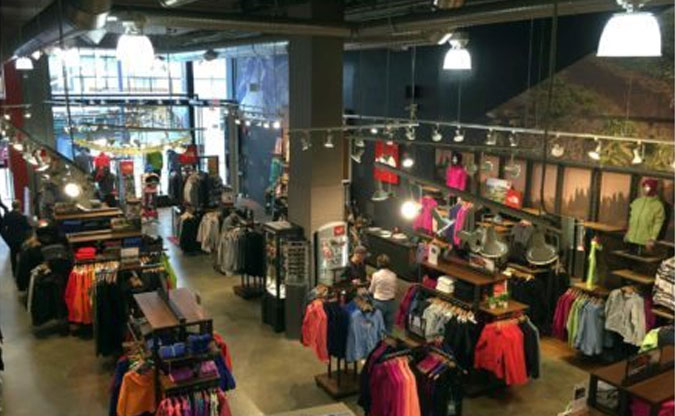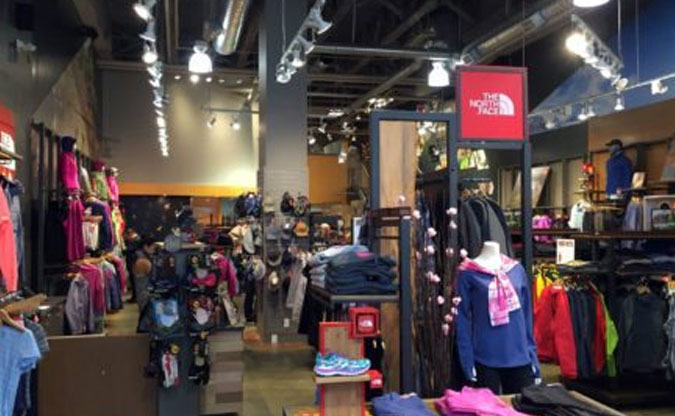The North Face

kWH Reduction: 116,000
Savings: $15,500
Rebate: $9,727
The North Face, renowned for their commitment to exploration and performance, sought to improve the energy efficiency of their lighting system while ensuring the preservation of vibrant apparel colors. We were tasked with designing a cost-effective retrofit solution that would reduce energy and maintenance costs without compromising on the quality of light.
Although The North Face was aware of the energy saving potential of retrofitting to LEDs, the company had concerns about apparel colours under LED lighting; therefore, we were asked to come up with a cost-effective solution that not only decreased energy and maintenance costs but also made their apparel look great.



The North Face was looking for a solution that would give them the desired result and stay within their budget. Our team was able to propose a cost-effective retrofit solution that didn’t sacrifice on the quality of light. Our turnkey service simplified the process for The North Face and ensured they got the maximum rebate they were eligible for.
Through a series of consultations, we were able to identify a retrofit solution that significantly decreased energy consumption and maintenance costs while enhancing lighting aesthetics. We retrofitted all the light bulbs across two lower mainland locations. The interior 90W halogen bulbs were replaced with 14.5W LEDs and the exterior signage’s T12 High Output Fluorescent lamps were replaced with LEDs.
The newly installed LEDs significantly reduced monthly lighting energy consumption. They also emit dramatically less heat, which decreased air conditioning usage. Crucially for the client, the LED’s used have a high CRI rating, resulting in more vibrant retail displays and an overall better customer experience. Through the retrofit, The North Face saved more than 116,000 kWh worth of energy in 2016 and is expected to do so every year for the next 10 years. That’s an annual savings of more than $15, 500 in energy and maintenance costs and a project lifetime saving of more than $150,000.
